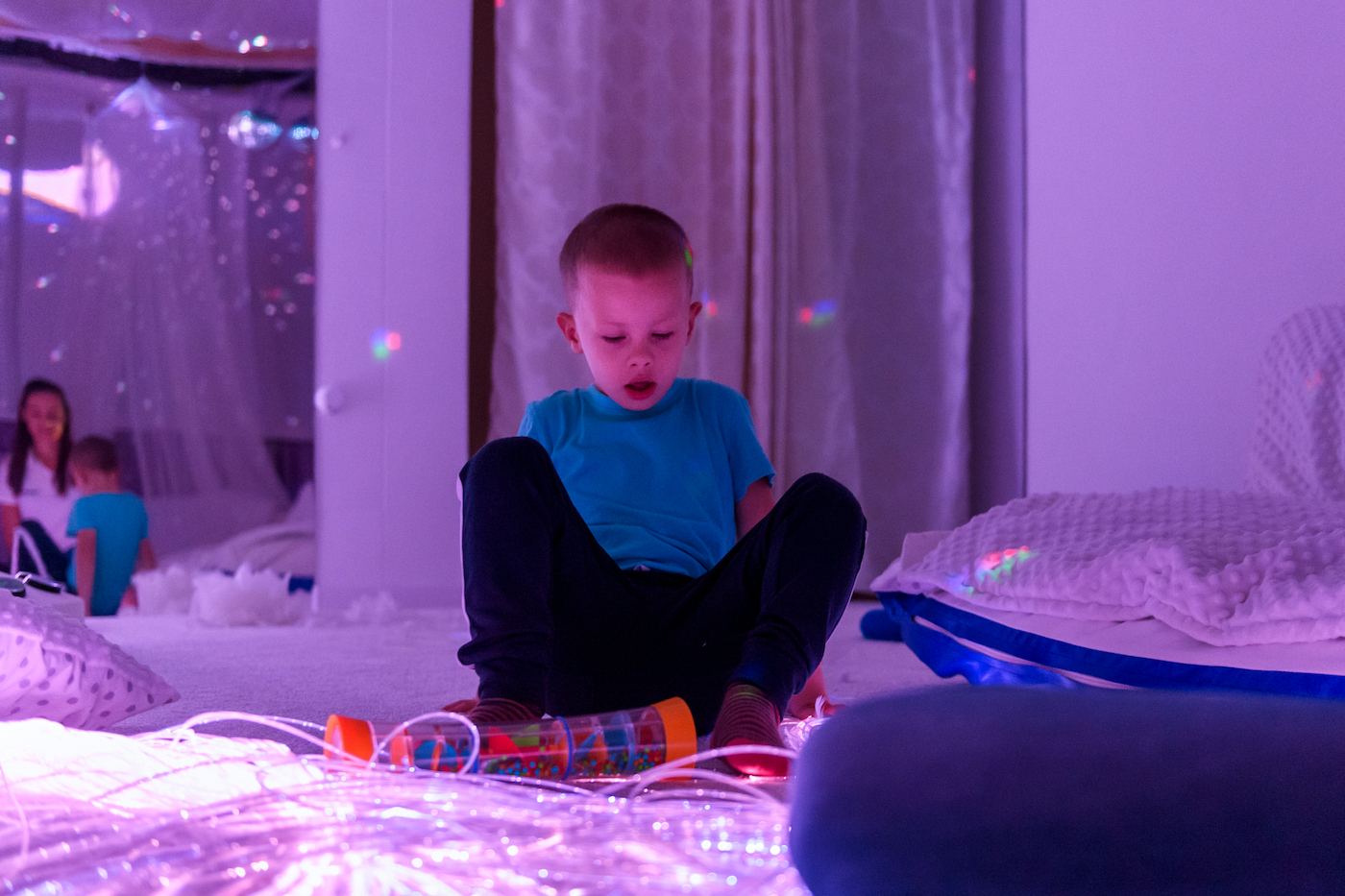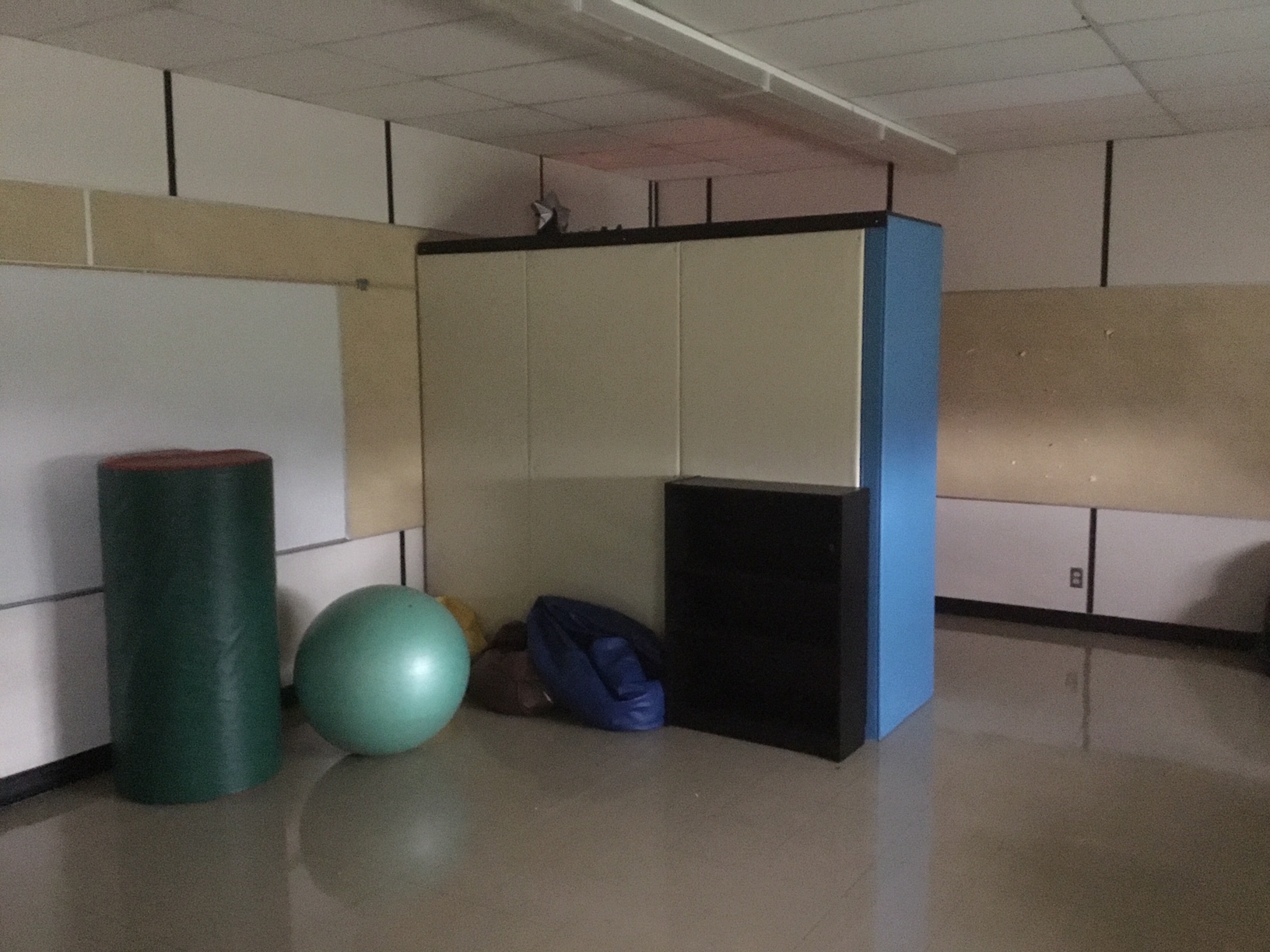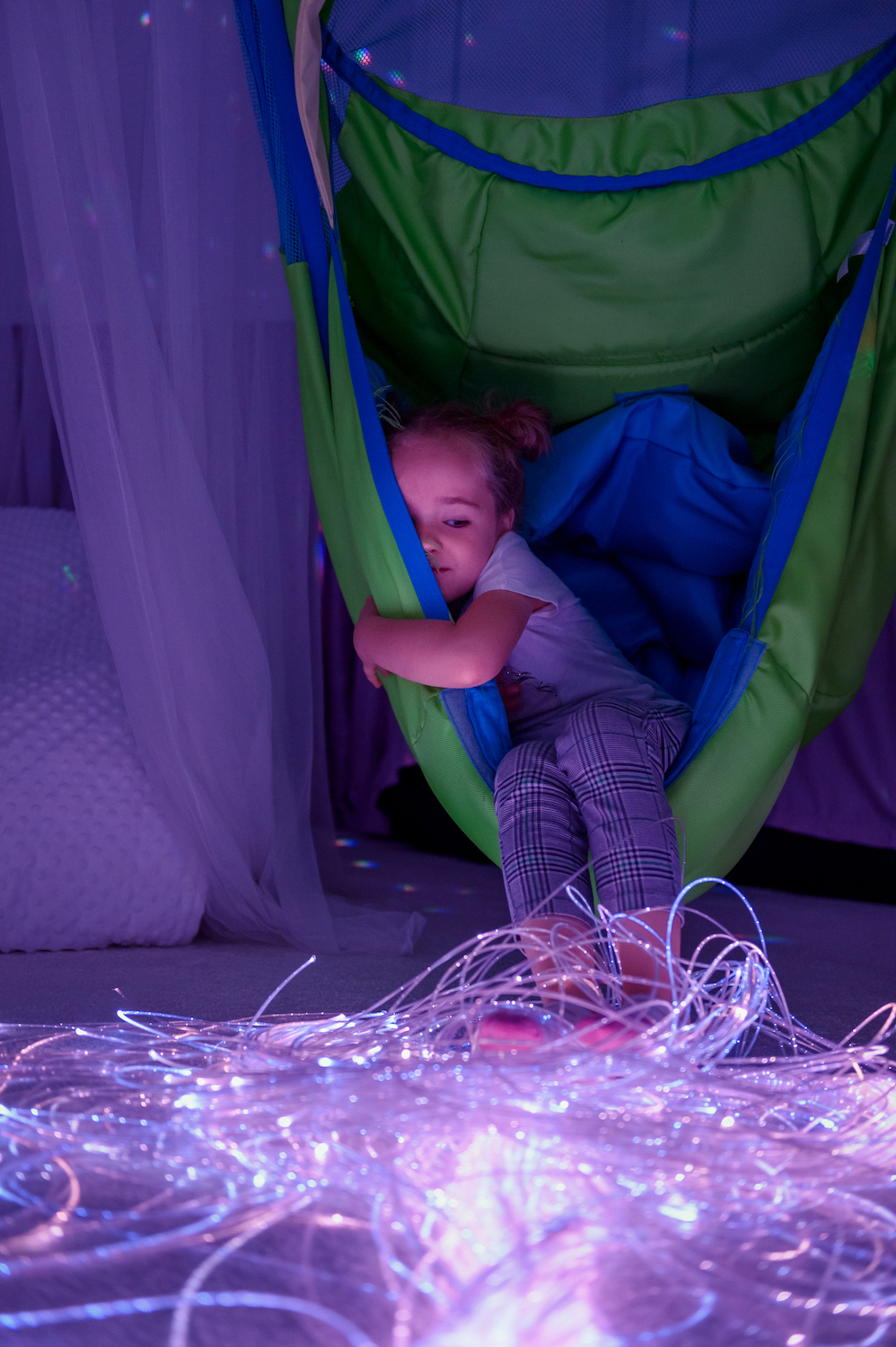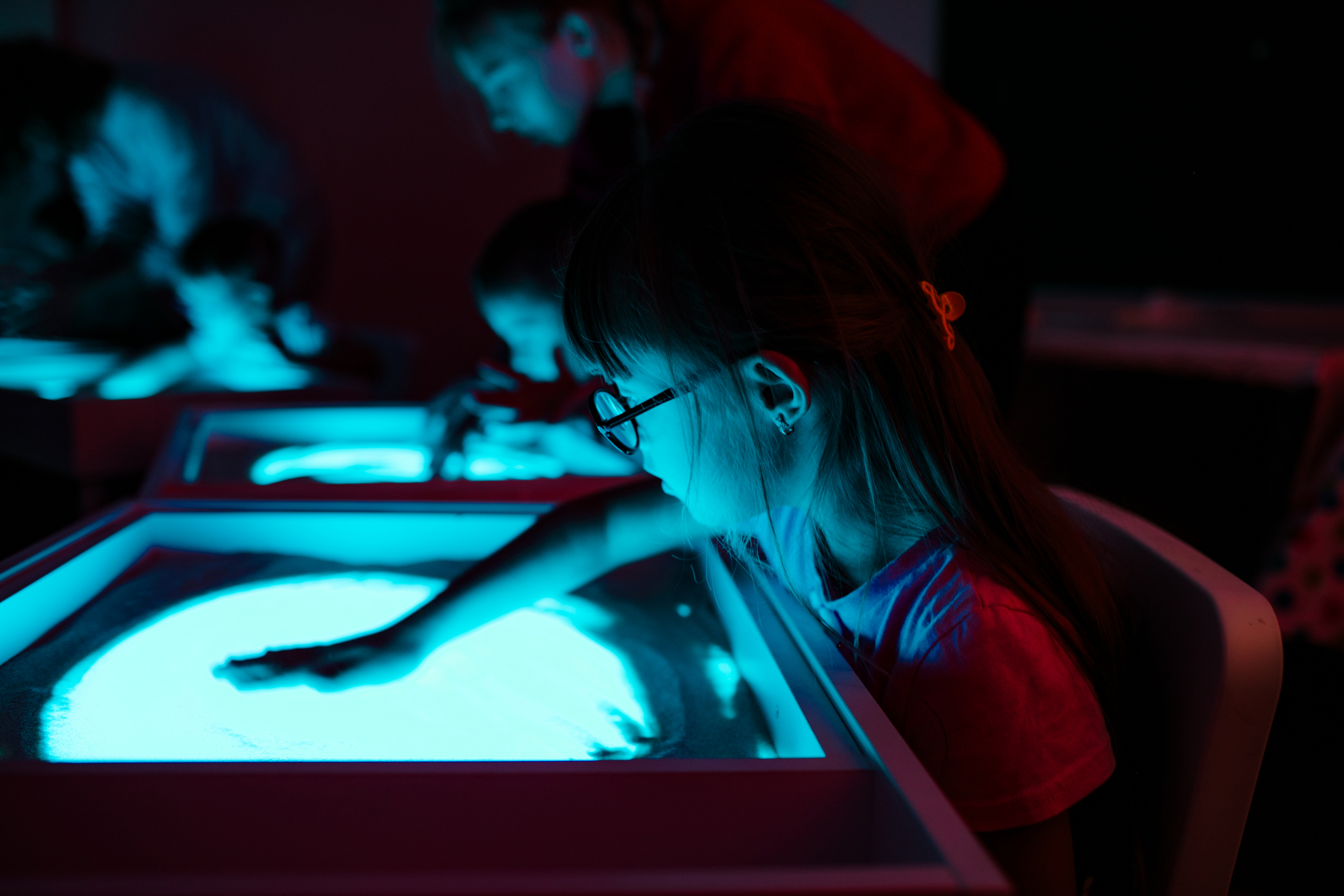You’ve probably seen all the beautiful products we offer on our website, perused Pinterest to find innovative sensory room designs, or even seen a sensory room up close and personal at your child’s school or healthcare facility. If you’ve ever caught yourself thinking that you’d love to have a sensory room in your own home, you’ve come to the right place. The wealth of information available online can feel overwhelming and a bit out of reach for parents who are looking to support their neurodivergent child. Rest assured, past all the striking photos and fancy gadgets are caregivers like you who just want to find ways to create a loving, safe space. Building a sensory room within a budget is entirely possible if you have a little ingenuity, support, and a few stellar tips from the pros.
Find a Good Space
Before you start buying neat furnishings and products, you must figure out where this dedicated space is going to go. For starters, it doesn’t have to be a room. I know we keep calling them sensory rooms, but in your home, they can look however you’d like them to! A corner, a closet, or a nook are all just as effective at facilitating relaxation and sensory exploration. Choose a spot that won’t get heavy foot traffic where your child can occupy the space safely. In busy homes, you could even section off an area using furniture. Once you know the location of your sensory room, you can start thinking about what you’d like to put in there.
Take Stock of What You Already Have
As humans, we naturally collect trinkets, toys, and all manner of material things. That habit will come in very useful when designing this room on a budget. You may already have a number of sensory-stimulating or calming items:
- Christmas bulbs or LED lights can be strung up around the space to create a calming ambience.
- Old boom boxes or mp3 players can be used to add relaxing background noise or music to the space.
- Foam mats can be placed across the room for a soft surface to lay on or bounce into.
- Pool noodles can be used on the walls as a fun texture or even on the ground as a balancing beam.
Combine DIY with Professional
Depending on your budget, you may want to take advantage of the wide array of DIY sensory product tutorials found online. For example, fairy lights in water bottles or interactive sensory tables can all be built for relatively cheap. If there are some products you do want to splurge on, things like projectors or swings or ball pits, go for it! Prioritize what you think would be the most useful in the space and aim for that. Down the road, if your budget allows, you can add more items from your wish list.
Trust Yourself & Be Flexible
It’s important to note that every child, every person, is different and will have varying needs. Two children may have an identical diagnosis but have distinctive ways in which they express themselves or view the world around them. You know your own little one better than anyone else, so use your wealth of knowledge that you’ve already amassed as a jumping-off point for this sensory room project. As your child (and you!) develop, you’ll learn new ways to support them. Don’t be afraid to pivot and try new things as you go.
You’re Not Alone
Most importantly, during this entire process, remember you are not alone. Parenting a child with a disability or neurodivergency can sometimes feel alienating because it’s not considered the “norm”. Healthcare, schooling, and figuring out how to best support your loved one can be challenging to navigate. Whether you need advice, assistance, or financial aid in affording sensory room equipment, there are great programs and groups here in Alberta ready to help where they can. InformAlberta.ca is an excellent resource for individuals with disabilities looking for these types of services.
Designing and building an effective sensory room in your home is a great way to connect with your loved ones and provide them with an accessible, safe space. For more tips on how to integrate sensory rooms, keep an eye on our Educational Articles. To have any of your specific questions answered or to work with us and our products in your home’s sensory room, contact us here. We look forward to hearing from you!







